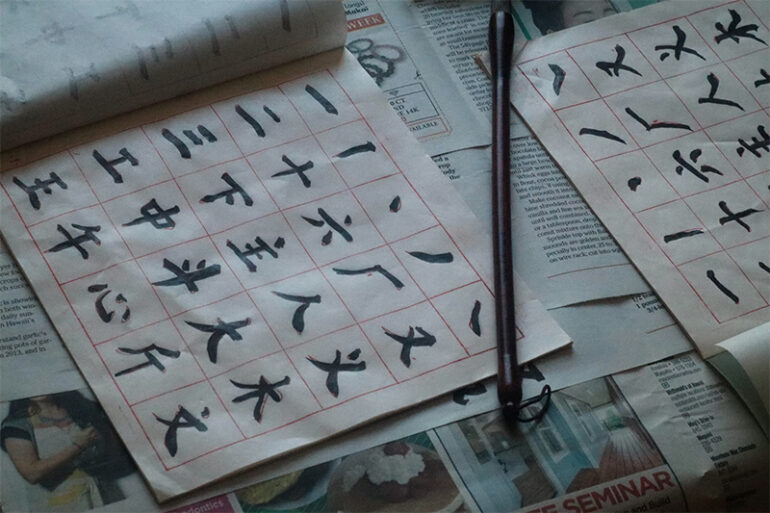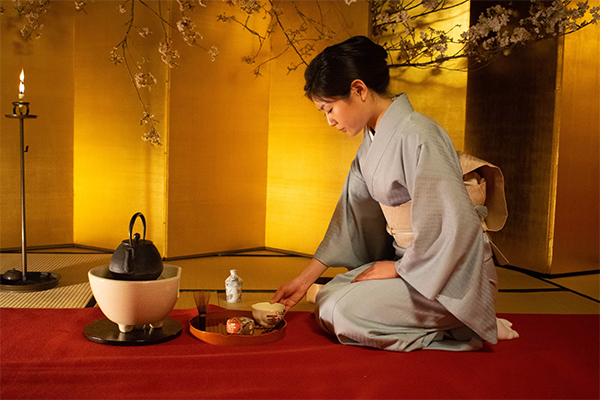Asia is a continent rich in cultural heritage, and one aspect that stands out is its traditional techniques. Passed down through generations, these techniques have not only preserved ancient traditions but also continue to inspire modern innovations. From intricate art forms to healing practices, Asia’s traditional techniques showcase the region’s beauty and skill. In this article, we will explore some of the most fascinating traditional techniques from Asia.
Traditional crafts
Asia is renowned for its exquisite craftsmanship, and traditional crafts play a significant role in preserving cultural identity. From Japan’s delicate art of origami to China’s intricate paper-cutting, these crafts require precision and patience. The art of batik in Indonesia, where wax is applied to fabric before dyeing, creates stunning patterns and designs. In India, traditional techniques like block printing and embroidery produce vibrant textiles admired worldwide. These crafts not only reflect the beauty of Asian cultures but also provide livelihoods for countless artisans.
Martial arts
The origins of martial arts can be traced back to ancient times in Asia, where they emerged as both physical and spiritual pursuits. Asian martial arts have gained worldwide recognition, with China’s Kung Fu, Japan’s Karate, and Korea’s Taekwondo being notable examples. The age-old methods not just impart knowledge of protecting oneself but also instill values of self-control, concentration, and admiration. Martial arts practitioners demonstrate their physical and mental strength through their precise techniques and graceful movements.
Traditional medicine
For countless generations, Asian traditional medicine has been diligently observed, drawing upon holistic methodologies to promote optimal health and overall wellness. TCM, which incorporates acupuncture, herbal medicine, and Qi Gong, seeks to harmonize the flow of energy within the body. The practice of Ayurveda, a traditional Indian discipline, centers around the pursuit of balance and well-being by utilizing natural remedies, engaging in yoga, and practicing meditation. The global recognition of these conventional methods has surged due to their organic and comprehensive methods of promoting wellness.
Tea ceremonies
Asian cultures have a rich tradition of tea ceremonies, which hold great significance in countries like Japan and China. The tea ceremonies encompass more than just the act of consuming tea; they embody principles of mindfulness, unity, and reverence. Tea preparation and serving are often regarded as a refined art, encompassing a multitude of customs and methods. The tranquil atmosphere and meticulousness of tea ceremonies exemplify the elegance of Asian customs.
Calligraphy and brush painting
Asian calligraphy and brush painting are highly regarded art forms that require skill and precision. Chinese calligraphy, known as Shufa, uses brush and ink to create elegant characters with varying strokes and styles. This art form not only preserves the Chinese language but also showcases the beauty of written characters. Brush painting, also popular in Japan and Korea, involves using ink and brushes to create landscapes, flowers, and animals. The simplicity and grace of these art forms captivate viewers and reflect the essence of Asian aesthetics.
Conclusion
Asia’s traditional techniques are a testament to the region’s rich cultural heritage and artistic prowess. From traditional crafts to martial arts, traditional medicine to tea ceremonies, and calligraphy to brush painting, these techniques unveil the beauty and skill that have been passed down through generations. Preserving and appreciating these traditional techniques not only honors Asian cultures but also allows us to learn from their wisdom and embrace their timeless beauty.
1st & featured image by https://unsplash.com/photos/sHcsEun6TSE

